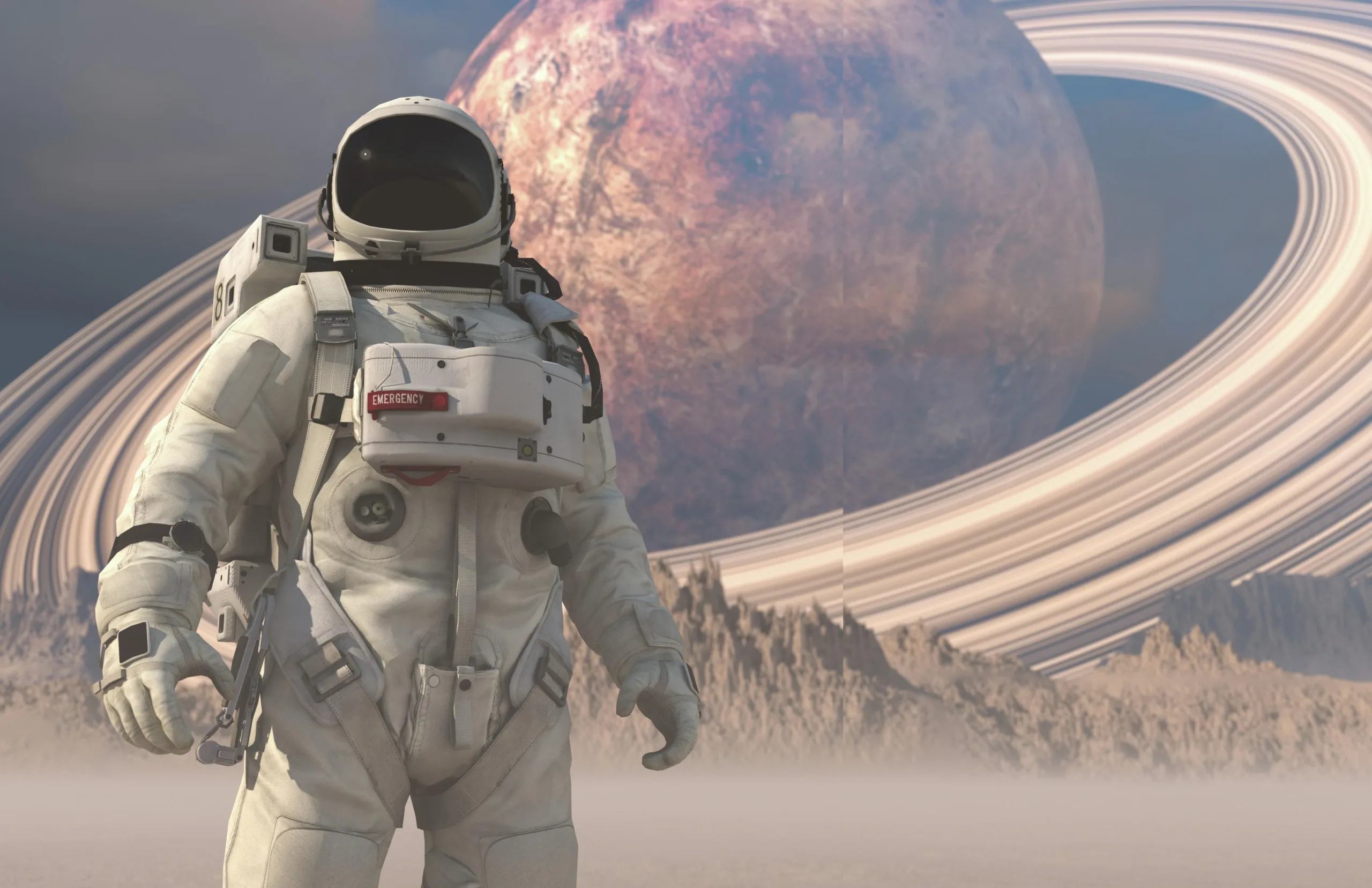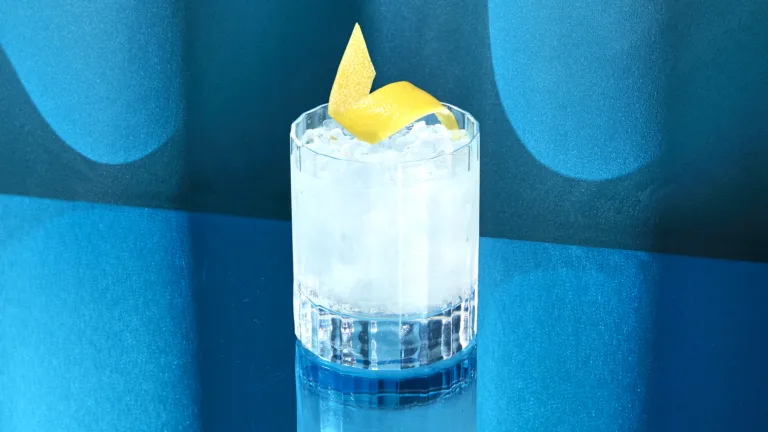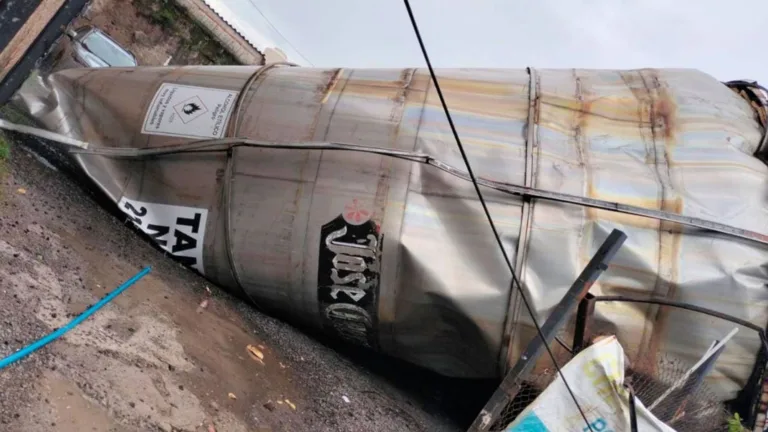Today’s Bordeaux comprises “two different worlds”, with only the top 2% of châteaux relatively cushioned from economic hardship. But what will become of the others? Chris Losh reports.
GOING BY the weight of coverage and mutterings on social media over the last six months, you could be forgiven for thinking that the main issue affecting Bordeaux right now is the slightly chunky pricing of the 2022 en primeur releases. It’s true that increases of 20% on the (admittedly largely unloved) 2021 vintage were coolly received by merchants around the world who were hoping for a ‘good-value’ narrative to convince hesitant customers at a time of such economic uncertainty. But this is emphatically not the biggest story in Bordeaux. Grand cru classé accounts for about 2% of the region’s volume and is doing well. For the remaining 98%, things are far patchier. “You have two different worlds in Bordeaux,” says Carole Vidal, director of the Conseil des Vins du Médoc. “The classed growths, who are luxury producers; then everyone else, who is trying to keep their customers. These producers can’t just increase their prices, even though costs are going up.” Ah yes. Price increases. The ‘two worlds’ nature of Bordeaux is neatly summed up by the fact that this year Château Angélus felt sufficiently confident to be able to put its prices up by nearly 40% (to just over £4,000/case), barely two years after growers gathered outside a Lidl in Libourne to protest at the presence of bottles of Bordeaux
This Article was originally published on The Drink Business - Wine


![The Pioneering Process of Mayenda Tequila Reposado Double Cask [Infographic]](https://wineconstantly.com/wp-content/uploads/2024/06/mayenda-infographic-google-768x432.webp)



